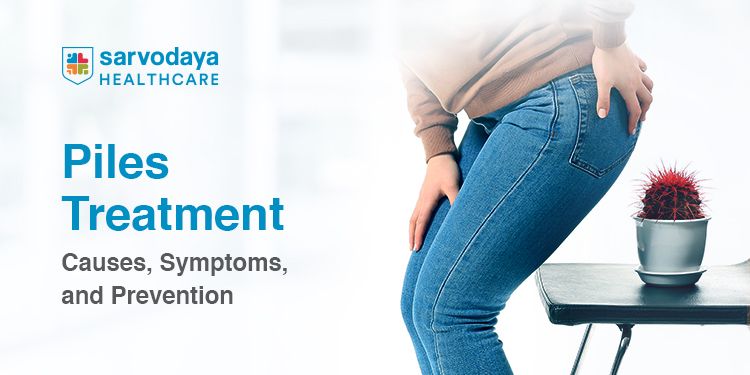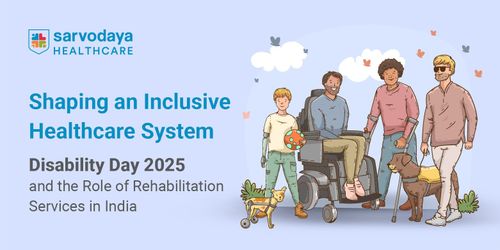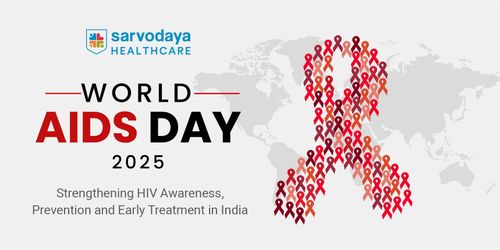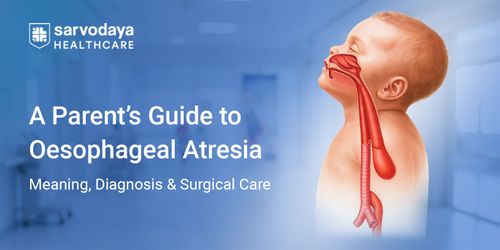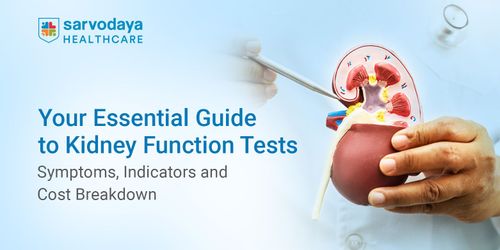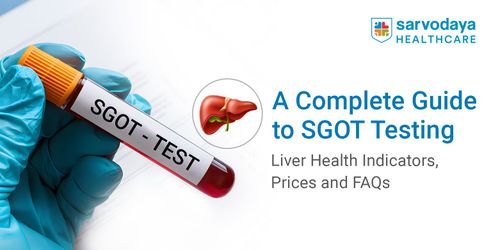In this blog, we will explore the causes, symptoms, types and preventive and treatment strategies for piles and how expert care can help make a lasting difference in the treatment process.
Understanding Piles
Piles refers to swollen and inflamed blood vessels in the anal or rectal area.Prolonged sitting, chronic constipation or increased pressure in the lower rectum due to straining during bowel movements can lead to haemorrhoids. Piles are extremely common and can affect anyone—men, women, older adults, and even younger individuals.
There are different piles types, and understanding them can help you recognise what kind of treatment you might need. Internal piles are not always visible or painful but may cause bleeding as they are located deep inside the rectum.
External piles form under the skin around the anus, often causing swelling, itching, and pain. In some cases, the veins may become prolapsed (bulging outside the anus) or thrombosed (clotted), leading to severe discomfort and the need for urgent medical care.
Recognising the type and stage of piles is crucial, as it determines the right treatment approach—from home remedies to advanced options like piles treatment with laser.
Recognising the Symptoms
The symptoms of piles are not the same for everyone. It depends on the piles types and the progression of the condition. Being aware of these signs early can help you take timely action and prevent complications.Some common symptoms of piles are:
- Bleeding during bowel movements: Typically bright red in colour, and often painless in the early stages.
- Itching or irritation around the anus: Inflammation or leakage from the piles may lead to irritation.
- A lump near the anus: Especially in the case of external piles, which may feel swollen or tender.
- A feeling of incomplete bowel movement: Even after using the toilet, which can be uncomfortable and recurring.
- Pain or discomfort while sitting: Especially due to external or thrombosed piles, it may be painful to sit due to the swelling and pressure.
Causes of Piles
Piles usually develop as a result of repeated pressure on the veins in the lower rectum. While some causes may be temporary, others require long-term adjustments or medical attention to prevent recurrence.Some reasons why piles may occur are:
- Chronic constipation: The strain caused during bowel movements puts pressure in the rectal veins and may lead to swelling and inflammation.
- Prolonged sitting on the toilet: Spending excessive time on the toilet, especially with mobile phones or reading material, can strain the anal area.
- Sedentary lifestyle: Lack of physical activity affects digestion and circulation, both of which are essential for preventing piles.
- Low-fibre diet: Not eating enough fibre-rich foods like fruits, vegetables, and whole grains can lead to hard stools and difficult bowel movements.
- Obesity: Excess body weight puts added pressure on the pelvic and rectal veins, raising the risk of developing piles.
- Pregnancy: The increased pressure on the abdomen and hormonal changes may make the veins swell around the rectum.
- Lifting heavy objects regularly: Repeated straining due to lifting can create pressure in the lower abdomen and rectum.
- Family history: If piles are common in your family, you may be genetically predisposed to develop them as well.
Treatment Options for Piles
The good news is that piles are not only common but also highly treatable. Many cases can be managed with simple lifestyle adjustments, especially in the early stages. However, for more severe or persistent symptoms, medical intervention is often the best route to long-term relief.Initial management strategies may include:
- Increasing fibre intake: Consuming more fruits, vegetables, and whole grains helps soften stools and reduces straining.
- Drinking adequate water: Staying well-hydrated supports smoother digestion and regular bowel movements.
- Using over-the-counter creams or ointments: These can provide temporary relief from itching and inflammation.
- Taking warm sitz baths: Soaking the anal area in warm water can soothe irritation and promote healing.
The advantages of choosing piles treatment with laser are:
- Minimally invasive procedure: Laser targets only the affected tissue, leaving healthy tissue untouched.
- No cuts or stitches: The risk of infection is minimal, which reduces the healing time significantly.
- Reduced postoperative pain: Most patients experience less discomfort compared to traditional surgery.
- Shorter piles operation recovery time: While conventional surgery may require weeks of downtime, laser treatment allows patients to return to normal activities within a few days.
Conclusion
Living with piles can be uncomfortable, painful, and sometimes even emotionally distressing. But the good news is that effective treatment is not only possible—it’s more accessible than ever. And thanks to innovations like piles treatment with laser, you don’t have to live with discomfort any more.Sarvodaya Hospital, the best general surgery hospital in Faridabad, Delhi NCR, is known for its prompt adoption of advanced medical technologies—one of which is laser treatment for piles. This minimally invasive procedure offers multiple benefits, including reduced pain, no stitches, minimal bleeding, and a faster recovery time, allowing patients to return to daily life with minimal disruption. Whether you’re seeking expert advice, looking for the best general surgeon in Greater Noida, or need to consult a piles specialist doctor, Sarvodaya provides comprehensive, compassionate care to help you take control of your health with confidence.
A preventive consultation at Sarvodaya can help you understand your symptoms better, rule out complications, and explore the best treatment options available - so you can return to living pain-free and worry-free.


